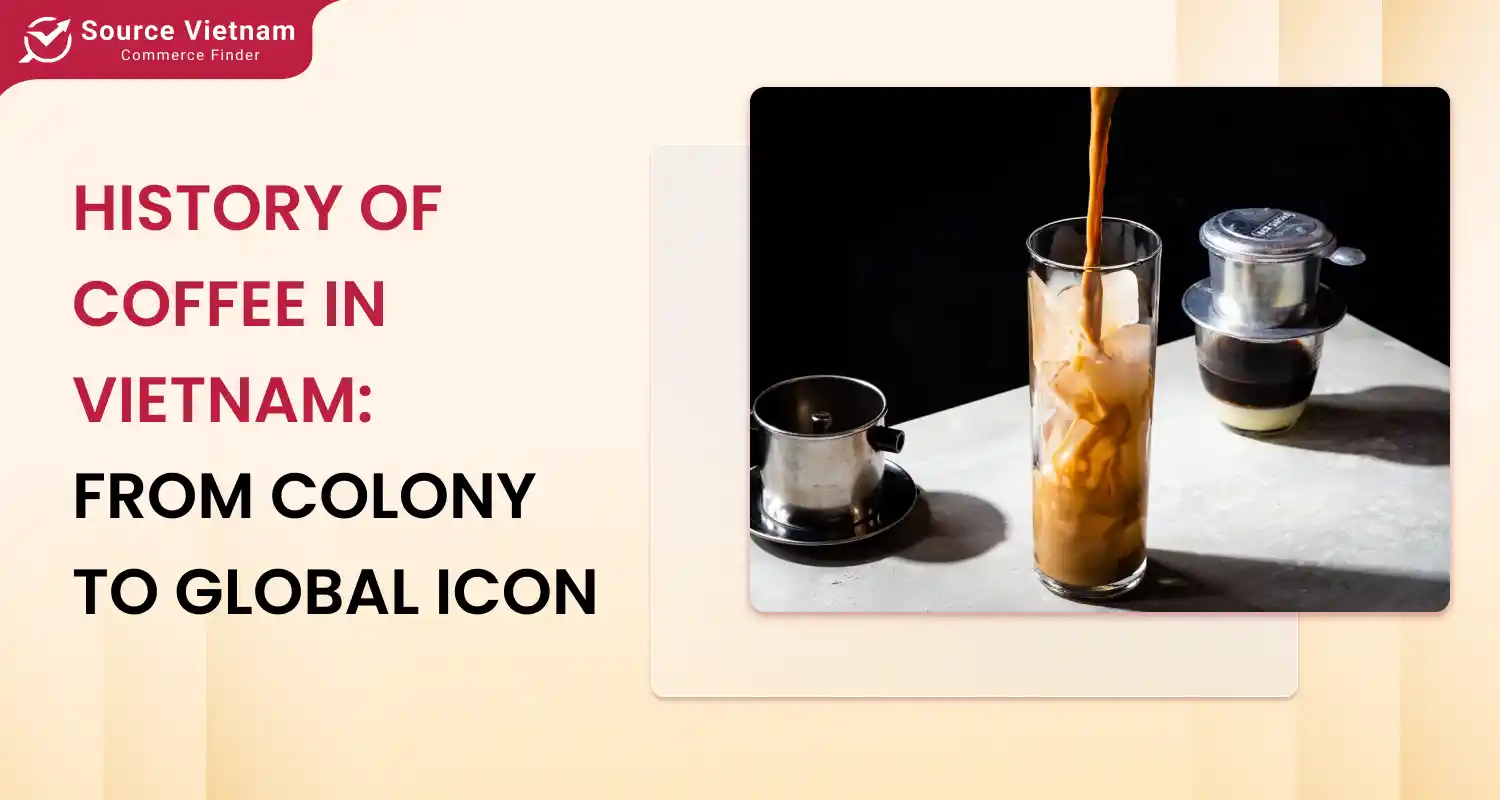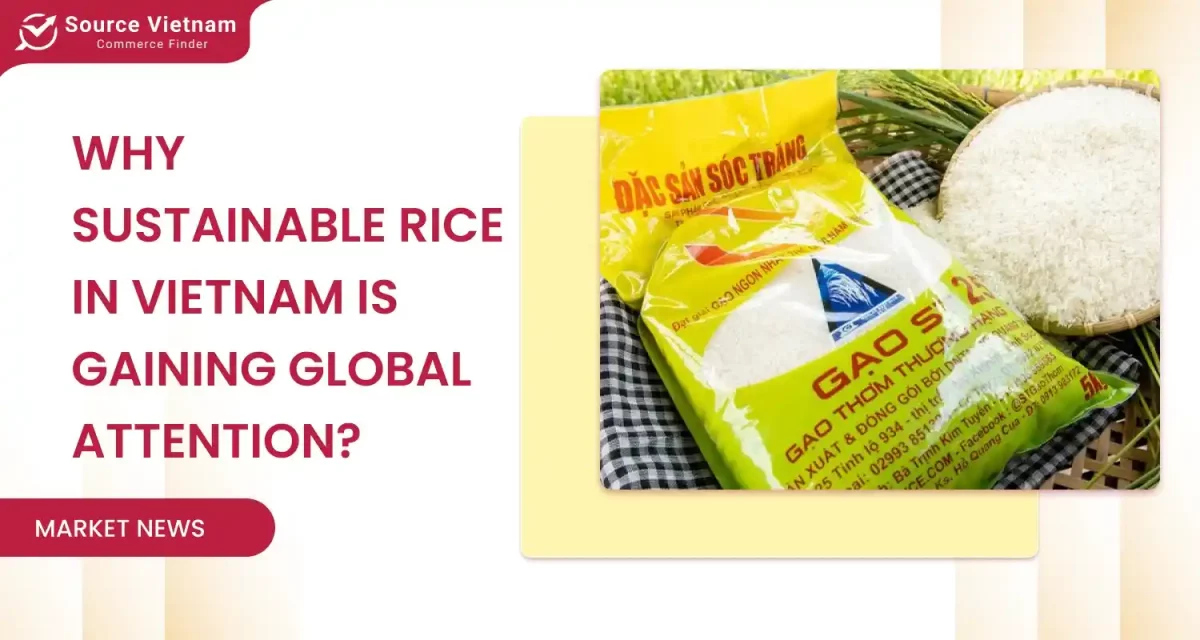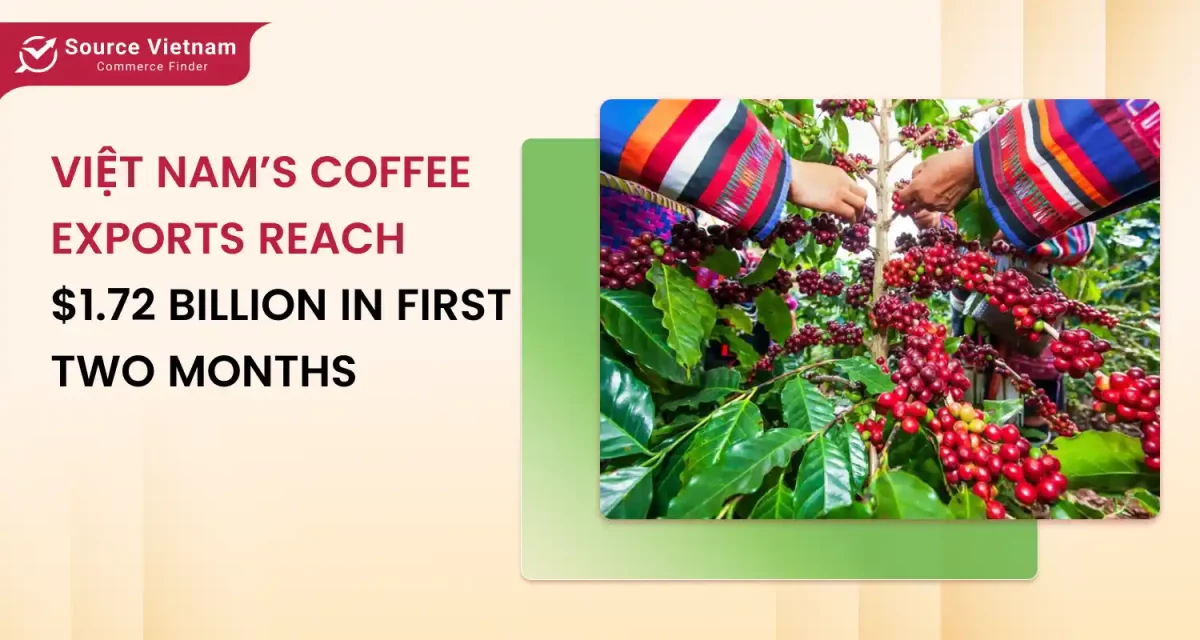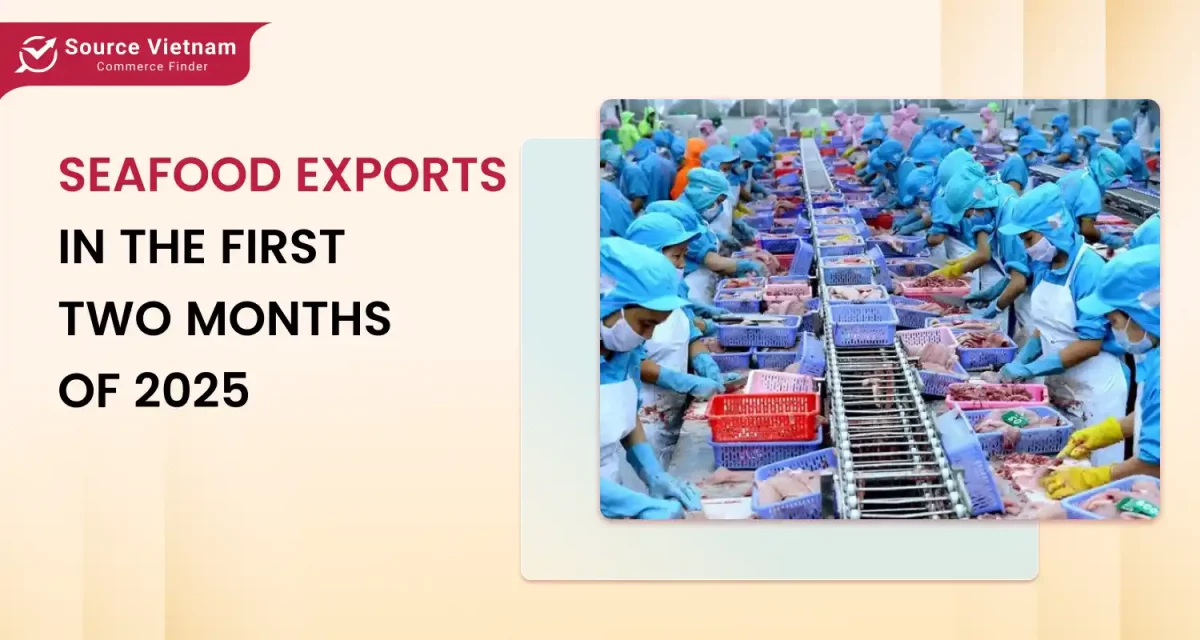Vietnamese coffee, introduced in the 19th century, is now a global powerhouse. Robusta exports dominate, with unique drinks like ca phe sua da renowned worldwide. From phin brewing to modern methods, coffee embodies Vietnam’s resilience and cultural pride.

The history of coffee in Vietnam is an exciting story about culture and trade. Today, Vietnam has grown to become the world’s second-largest coffee exporter. This story shows how the country has demonstrated resilience and creativity. This article looks at Vietnamese coffee’s origins, development, cultural importance, and global influence. Let’s discover the origins of Vietnamese coffee.
Discover the origin of Vietnamese coffee
When was Vietnamese coffee invented? The origins of coffee in Vietnam can be traced back to the mid-19th century when French colonization occurred. The French priests first brought coffee to the Vietnamese, aiming at the colonial officers and superior groups.
This particular crop was first developed in the northern parts, especially in some areas such as Ha Nam and Ninh Binh, which had more favorable weather conditions.

The French colonial paradigm was important in setting up coffee-growing estates and their requisite infrastructure. During the early 20th century, coffee farming began moving south and set the stage for Vietnam’s capturing of the coffee market.
How French colonization shaped Vietnam’s coffee culture is evident not only in production but also in its transformation into a cultural symbol. With the French colonial influence, coffee was much more than just a mass-produced crop – it represented European cultured beauty. French settlers brought the varieties and the forms of preparation that eventually grew into the coffee culture of Vietnam.
Read more >>> TOP 10 Best Wholesale Coffee Bean Suppliers for Your Business
The growth of coffee production in Vietnam
In the 20th century, coffee production in Vietnam shifted to the central highlands, especially in Buon Ma Thuot and Dak Lak Province. The region had fertile basalt soil and the right climatic conditions, thus becoming the center of coffee plantations in Vietnam. When exploring where is coffee grown in Vietnam, these areas stand out as major contributors to the country’s coffee heritage and economy.
With the emergence of Robusta coffee, Vietnam experienced a dramatic change and established itself in a key position across international coffee marketplaces. This hardy crop with robust flavor and strong caffeine content has become the mainstay of the Vietnamese coffee industry. These characteristics largely explain why Vietnam is a global coffee powerhouse in the coffee industry.
Vietnam’s coffee farming and processing methods have made extraordinary improvements over the years. The introduction of modernized techniques and further infrastructure enhancement has increased efficiency and quality, reinforcing its role in shaping the history of Vietnamese coffee production.
Nowadays, Vietnam is a coffee-producing giant. Just how much coffee does Vietnam produce? The numbers speak for themselves: 29.75 million bags were exported in 2022/23, primarily Robusta beans.
Cultural significance of Vietnamese coffee
Coffee as a way of life
Sipping coffee in Vietnam is not something that is just done. It is a part of daily life. What is special about Vietnamese coffee is its unique preparation methods and bold flavors that captivate the senses.
Vietnamese coffee culture connects people throughout Vietnam – whether it’s on the streets or in rural settings. Prepare your taste buds and get ready to enjoy Vietnamese coffee drinks to witness how the beverage is a central part of everyday activities.
Traditional brewing methods
The phin filter plays a vital role in Vietnamese coffee culture. As hot water passes over the coffee grounds, which is placed in a metal, drip-style brewer, coffee is automatically brewed. As a result, the flavor is strong and rich.

Condensed milk is often added, creating famous drinks like iced coffee with milk (ca phe sua da) or egg coffee (ca phe trung). This traditional Vietnamese coffee brewing method contributes to the diverse coffee culture in Vietnam. It creates a concentrated brew that is usually black (ca phe den) or comes with sweetened condensed milk (ca phe sua da). Trying these drinks is essential if you want to uncover the secrets of traditional Vietnamese coffee brewing.
Unique Vietnamese coffee beverages
There are coffee recipes all over the world, but few can compare them to Vietnamese coffee drinks. Whenever you hear about coffee from Vietnam, it is usually associated with originality, including:
- Ca phe trung (egg coffee): A blend of coffee, egg yolk, and condensed milk.
- Ca phe cot dua (coconut coffee): Made with coffee and coconut cream.
- Ca phe sua da (iced coffee with condensed milk): Strong coffee combined with condensed milk and poured over ice.

These drinks emphasize the values of Vietnamese coffee culture which tries to integrate tradition and modernization effortlessly.
Modern Vietnamese coffee industry
The Vietnamese coffee sector suffered several setbacks in its growth and development post-Vietnam warfare, but through sustained effort and capital injection, it made a spectacular comeback. The expansion of the coffee plantations in Vietnam, particularly in the Central Highland region, also aided the recovery of the coffee trade in Vietnam.

Prominent Vietnamese coffee brands such as Trung Nguyen, Vinacafe, and Highlands Coffee emerged during this period, making coffee a prominent part of Vietnamese coffee culture and helping it reach international markets.
These brands significantly contributed to spreading Vietnamese coffee’s reputation locally and internationally.

When exploring what kind of coffee is grown in Vietnam, it is evident that Robusta coffee stands out. Vietnam is currently the second largest exporter of coffee in the world since it produces robust coffee, mainly exporting goods in the coffee market.
On the other hand, Arabica coffee has potential for future development in terms of quality and international demand and is starting to become more popular. To learn more about those changing patterns of coffee, please explore the richness of Vietnamese coffee beverages.
The future of Vietnamese coffee
Climate change and sustainability
The coffee sector, particularly in Vietnam, is also now facing external threats, including but not limited to climate change and unsteady world prices for coffee. Many farmers are adopting practices such as organic farming and water-conserving irrigation systems to combat this.
These efforts represent an important phase in the evolution of Vietnamese coffee and emphasize the future of Vietnamese coffee: challenges and opportunities. They highlight the need for innovation and resilience to achieve long-term success.
Growth of coffee tourism
The coffee tourism market in Vietnam continues its expansion, and Central Highlands is the leader. The guests can visit coffee farms, see and learn how coffee is made, and participate in various events, including coffee festivals in Vietnam that honor the country’s coffee culture. Tasting the unique flavors of coffee in Vietnam adds enjoyable value for tourists.
Innovations and trends
Vietnamese coffee industry history is filled with innovation and transformation, from introducing improved processing methods to incorporating native techniques. Vietnamese coffee culture has been expanding, with many local cafes serving new original coffee blends and ready-made coffee-based drinks.
Vietnamese consumers are becoming increasingly interested in high-value coffee produced sustainably and with unique characteristics.
Conclusion
Vietnam has a long and varied history with coffee, which has seen many transformations. The impact of French colonization on Vietnamese coffee is a significant chapter in this story. What began during the colonial period has now evolved into the rich history of coffee in Vietnam. Today, Vietnam is becoming one of the world’s top coffee exporters, making coffee an important part of the country’s culture.
Regardless of whether you’re sipping on the traditional ca phe sua da or visiting coffee farms in Buon Ma Thuot, one doesn’t have to look far to say that Vietnamese coffee culture is unparalleled. Experience the unique flavors of Vietnamese coffee today.
FAQs
When was coffee first introduced to Vietnam?
The history of coffee in Vietnam dates back to the 19th century, in particular 1857, with the application and spread of coffee cultivation practice around Hanoi by the French colonists. Coffee development was progressive and significantly increased coffee’s role and position in Vietnam’s economy and culture.
What is the main type of coffee grown in Vietnam?
The Vietnamese coffee history is largely defined by the dominance of Robusta coffee. It is mostly produced in Vietnam. Robusta coffee is strong and high in caffeine, making it Vietnam’s top coffee. Arabica coffee is also grown but only in Central Highland places, where it is concentrated in coffee. However, Robusta coffee is still Vietnam’s most consumed and exported coffee.
How did French colonization influence Vietnamese coffee?
French colonization profoundly impacted Vietnamese coffee culture and the coffee industry. Phuc Lam Tea and Coffee Company co-located coffee with tea plantations while introducing the specialty of French-style coffee in Europe and North America. Businessmen from France and the economy of Vietnam combined, leading to the integration of the European quality of manufacturing coffee.
What are some traditional Vietnamese coffee brewing methods?
One of the most unique aspects of Vietnamese coffee culture is its traditional brewing method, which uses the phin. Generally, a pin is a metal filter placed over a cup or mug with coffee grounds poured inside. Hot water is poured on the ground, and a lid is placed over the filter to allow the coffee to brew and drip into the mug slowly. This technique, quite popular in Vietnam, creates an incredibly rich cup of coffee.
What are the most popular Vietnamese coffee drinks?
When you think of Vietnam, the first association that comes to mind is the variety of coffee drinks and astonishing combinations of flavors. Ca phe sua da, iced coffee with sweetened condensed milk, is probably the favorite for many due to its delicious smoothness. Another option is ca phe trung – coffee’s rich flavor, whipped egg yolk, and cream, resulting in a delicious coffee-like dessert. There is also ca phe den, black coffee, which is for those who would like coffee just as it is – bitter.















